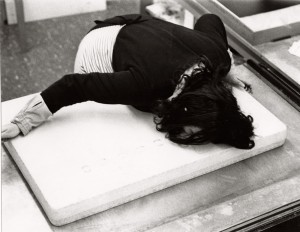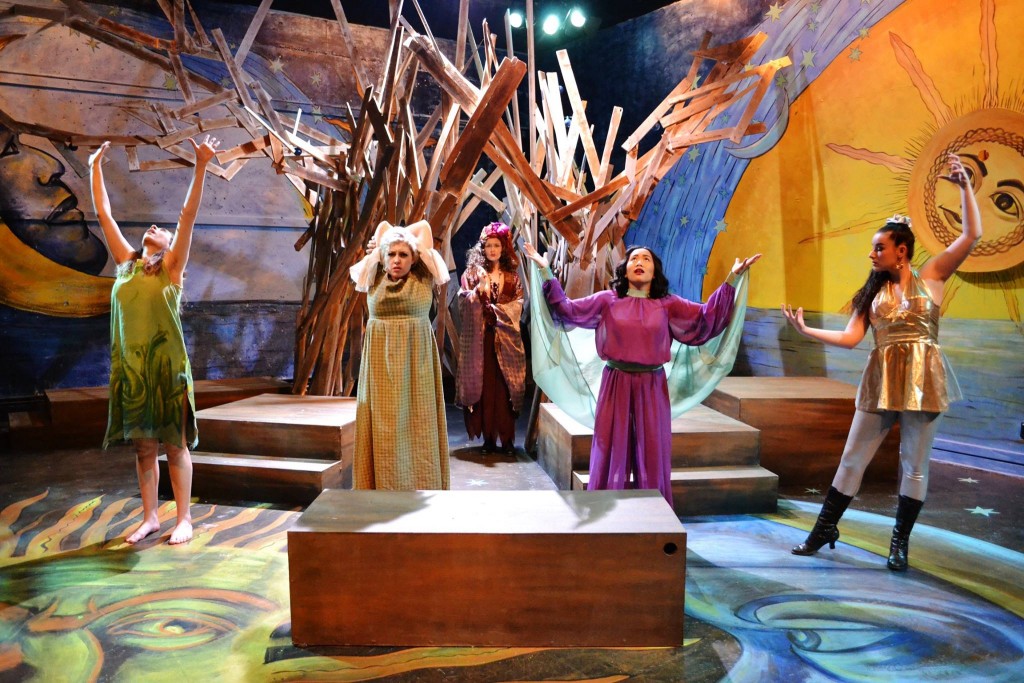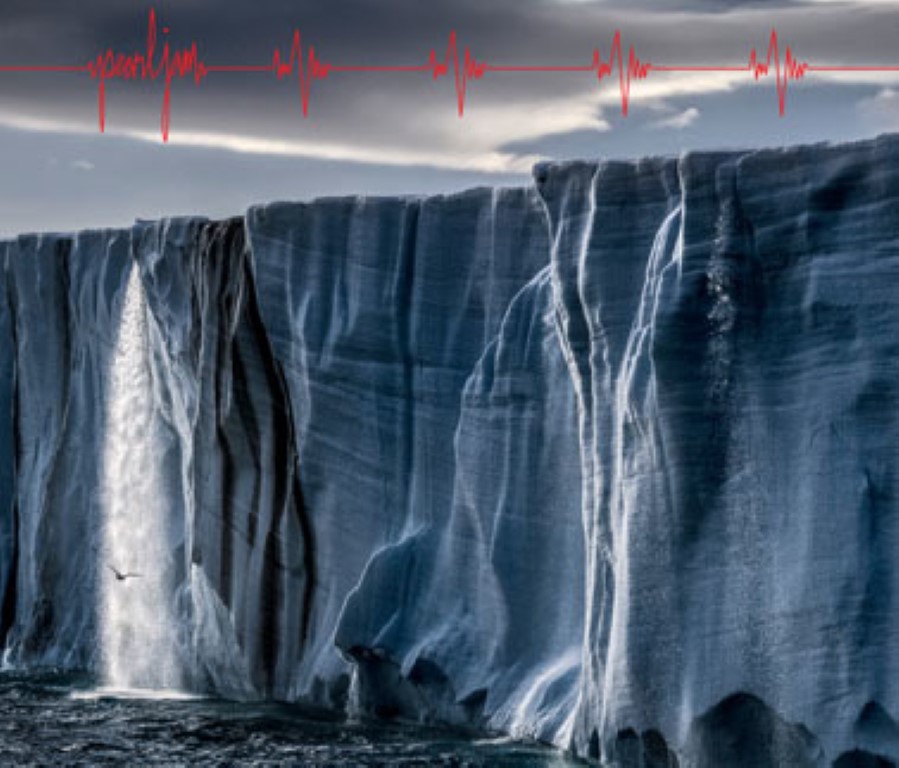
By Elliot Chan, Contributor
The first two floors of the Vancouver Art Gallery are currently closed due to renovation, but up on the third we find the metaphorical construction of an art form. An ambient of drills and saws could be heard as the escalator took me up to their latest exhibit. An uneasy sensation passed through me; I’d arrived in a cold artificial world. This well-traveled exhibit garnered its name from the concept of everyday human transition: Traffic. There couldn’t be a more suitable name to portray conceptual art, a form that took us down an eerie route of change, arriving at an evolved form of life with mass media and mechanics.
Various Montreal intersections were captured in grey-scale photographs, a work by Françoise Sullivan showed the physical form of a city morphing with the culture. Along the way, we saw more photographs, not only of landmarks, but also of people and household furniture. A piece by Suzy Lake called “Snapshots of real life conversation” showed multiple shots of a young woman, each picture displaying a different expression, seven of which are mysteriously circled by a thick felt marker. In “La Table Ronde” by Robert Fones, a circular table was photographed over the course of a month, presenting the accumulation and depletion of clutter.
The use of language plays a significant part in conceptual art as well, and is of course expressed throughout the exhibit.
Further down another corridor, we found a repetition of a sentence written out in cursive. The statement, made by artist Brian Dyson, said “I will not make any more boring art,” with the word “boring” crossed out with an “X.” Another artist, John Baldessari created the same piece, but chose to leave the word “boring” uncrossed.
Upon a white wall and within a painted acrylic square was the bold phrase “Get Hold of This Space.” The minimal piece by Gordon Lebredt was no Matisse, but it was a well-organized conceptual idea, which allowed it to take liberty of a wall better suited for a picture of a beach.
Television monitors were scattered all around the exhibit as well. In one piece called “Internal Pornography” by Lisa Steele, three televisions were set up beside each other, each showing a different channel. One channel showed a concerned a woman lying in bed, pensively discussing subconscious thoughts; another displayed the lower region of a nude woman drawing and cleaning an illustration of her inner female organs on and off her skin.
Although some pieces were disturbing and no doubt controversial, others simply suggested introspectiveness.
A black and white photograph by Garry Neill Kennedy entitled “School Photo” showed a bleak looking fourth grade class from 1972. The caption beneath it read “This piece is related to my involvement of attempting to remember all the people I’ve ever known. I was transfixed by the idea and wondered if such a task could ever be accomplished.“
Conceptual art stems from ideas, rather than actual products, and are then created and displayed. The “idea” per se is inside the paintbrush, the camera lens, and the sculptor. When looking at a piece, one must see beyond it and ask the question of “why?” instead of the question of “how?”—or “what?” for that matter. It is the artist’s concept and not their intention; the result is as unpredictable as traffic itself.
The exhibit, Traffic: Conceptual Art in Canada from 1965-1980 will be on display at the Vancouver Art Gallery until January 20, 2013. In addition, At the Intersection of Painting and Photography by Ian Wallace will arrive at the end of October.
What: Traffic: Conceptual Art in Canada from 1965-1980
Where: The Vancouver Art Gallery
When: Now until January 20, 2013


